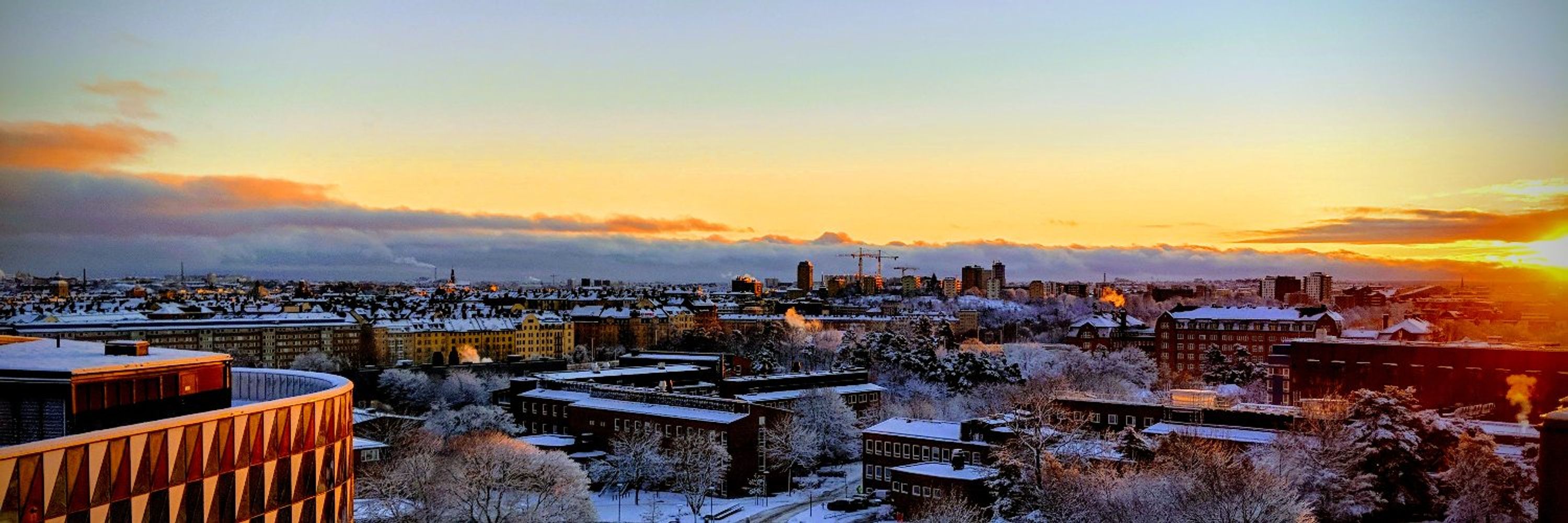BenjMurrell
@benjmurrell.bsky.social
730 followers
3.9K following
51 posts
🇸🇪🇿🇦 Researcher at Karolinska. Comp bio. Phylogenetics. Deep learning. All in Julia. Virology. Immunology.
https://scholar.google.com/citations?user=I80vy5cAAAAJ
Posts
Media
Videos
Starter Packs
BenjMurrell
@benjmurrell.bsky.social
· Jun 14
BenjMurrell
@benjmurrell.bsky.social
· Jun 13
BenjMurrell
@benjmurrell.bsky.social
· Jun 13
BenjMurrell
@benjmurrell.bsky.social
· Jun 13
BenjMurrell
@benjmurrell.bsky.social
· Jun 13
BenjMurrell
@benjmurrell.bsky.social
· May 15

Doctoral (PhD) student position in probabilistic models of proteins
Do you want to contribute to top quality medical research? To be a doctoral student means to devote oneself to a research project under supervision of experienced researchers and following an individu
kidoktorand.varbi.com
BenjMurrell
@benjmurrell.bsky.social
· May 15
BenjMurrell
@benjmurrell.bsky.social
· Dec 22











